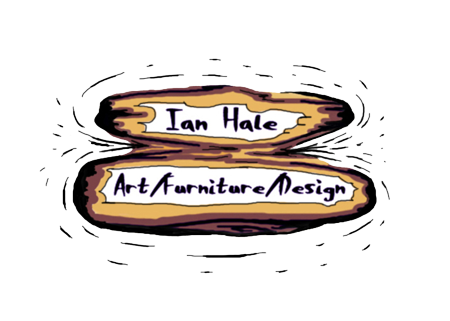The Mutual Exclusivity of Binary Opposites that Unifies and Divides
This sculpture embodies the ambivalence I feel regarding whether or not language is inherently unifying or divisive. The primary inspiration for this piece originated from the deconstruction theories of Jacques Derrida: primarily his ideas regarding binary opposites. Definition is most prominent and easy to apply to something when it is an extreme. Yes and no, light and dark, true and false, conscious and subconscious. These examples of polarized ends of a spectrum are relatively easy to classify. Meaning is contingent on repetition but leads to redundancy and negation if taken too far. These multitudes of iterability obscure intention and create ambiguity. The black and white mentality of “If x is not x, then x is y by default” is a human tendency to categorize and attempt to comprehend the true essence of definition, which is always out of reach. These concepts are represented by the side with fragmented pieces exploding outward.
Somewhat conversely, the theory of universal grammar proliferated by Noam Chomsky proposes that language acquisition occurs to everyone the same way regardless of culture. This theory proposes that language originates from an innate set of limitations in the brain, and consequently common structural basis to all tongues results. This reinforces my belief in the possibility that cultural and linguistic barriers can be surpassed and is represented by the side with pieces pulling inward.
These two polar extremes are not mutually exclusive, yet they remain tenuously linked, as seen with the broken bent dowels reaching toward each other. They strive to connect, and yet they will never reconcile. The area existing between these two ends of the spectrum is nebulous and vague, and the transparent fabric stretched over the space in between creates this obscurity.
